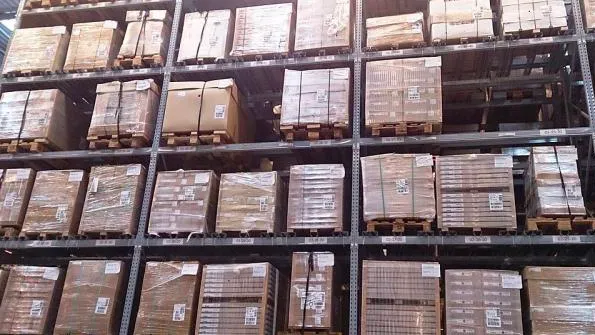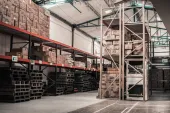
Tokyo industrial vacancy rises to 4% for the first time in over 3 years
Total stock increased 3% in Q2.
New prime industrial supply in Greater Tokyo totalled 436,000 sqm in 2Q22, increasing total stock 3% q-o-q and 18% y-o-y. Five facilities entered the Inland area market, including Prologis Park Soka (GFA 137,000 sqm), Landport Ageo II (GFA 69,000 sqm) and DPL Atsugi Morinosato (GFA 57,000).
According to JLL, the vacancy rate in Greater Tokyo stood at 4.0% for 2Q22, increasing 100 bps q-o-q and increasing 310 bps y-o-y. This is the first time in 13 quarters that overall vacancy reached this level. The vacancy rate in the Bay area rose to 4.2%, increasing 20 bps q-o-q, and Tokyo Inland rose to 3.9%, increasing 140 bps q-o-q, driven by new completions entering the market.
Here’s more from JLL:
The economic indicators of the logistics sector were uneven at the start of 2Q22. In May, the industrial production index decreased 7.2% m-o-m, decreasing for the second consecutive month, reflecting supply-side constraints. Exports increased for the 15th consecutive month and imports increased for the 16th consecutive month, reflecting the Japanese yen depreciation.
Net absorption totalled 258,000 sqm in 2Q22, with sustained demand from 3PLs and online retailers, despite a slowdown from the previous quarter due to large supply. For 1H22, the figure totalled 842,000 sqm.
Rent growth slows in Tokyo Bay but accelerates in Tokyo Inland
In 2Q22, gross rents in Greater Tokyo averaged JPY 4,493 per tsubo per month, increasing 0.7% q-o-q and 2.2% y-o-y. Growth continued to be driven by new completions that called for higher rents. Rents increased 0.6% q-o-q in the Bay area and increased 1.0% q-o-q in the Inland area.
Capital values in Greater Tokyo increased 0.6% q-o-q and 8.0% y-o-y in 2Q22, reflecting moderate rent growth. A notable sales transaction involved Dai-ichi Life Insurance Company and Prologis jointly acquiring Japan Oi Warehouse for JPY 16.1 billion.
Outlook: Capital value growth to be driven by cap rate compression
According to Oxford Economics, trade-oriented indicators are expected to be patchy in 2022. Industrial production is expected to fall 2.8%, while exports and imports are likely to rise 4.3% and 4.1% over the year, respectively. Downside risks include the impact of supply-side constraints and raw material price surges.
Amid sustained strong demand, overall rents are expected to grow moderately; however, given the record volume of supply, rents are likely to be under downward pressure in some Inland areas. Capital values are expected to grow as cap rates may compress further amid continued investor interest.
Note: Tokyo Logistics & Industrial refers to the Greater Tokyo prime logistics market.



















 Advertise
Advertise




